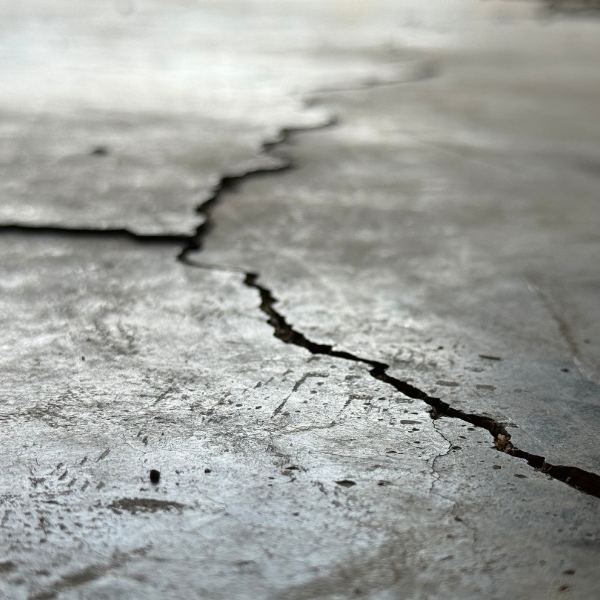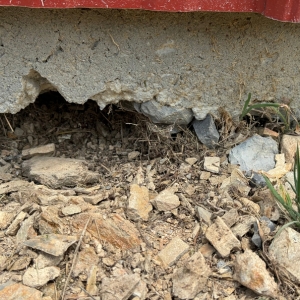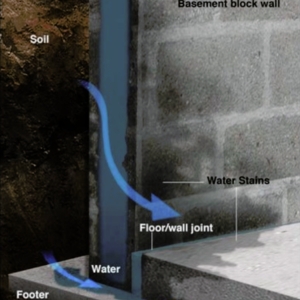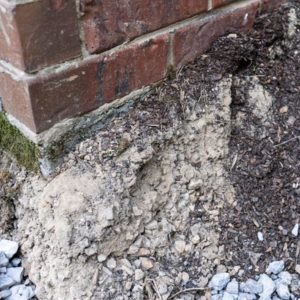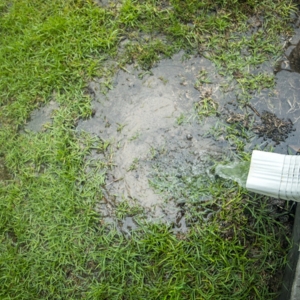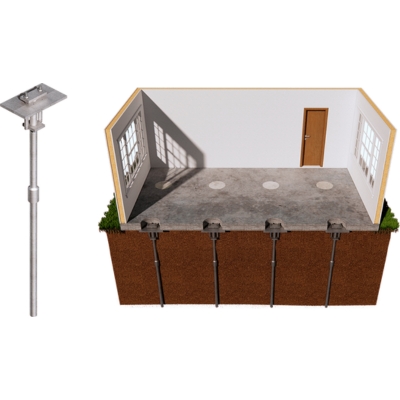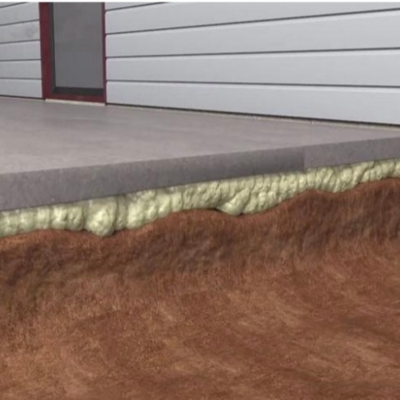Cracks in Basement Floor FAQ’s
In Gainesville, seasonal rains raise groundwater, creating hydrostatic pressure under your slab. This force pushes the concrete upward, cracking and separating it. LUX uses slab lifting with polyurethane foam, filling voids and leveling the floor while sealing against future storm-driven soil washout.
Ocala’s mix of sandy and clay soils expands and contracts dramatically, stressing basement slabs. Over time, this creates long, uneven cracks across the floor. LUX installs slab piers to stabilize and level the foundation, preventing the cracks from spreading and restoring strength to your home.
Yes. In Florida’s sandy and moisture-sensitive soils, cracks in basement floors often signal foundation settlement, water intrusion, or soil voids. Even small cracks can expand quickly. Our team at LUX Foundation Solutions provides assessments to determine whether your cracks are cosmetic or structural—and recommends the right repair before damage worsens.
Absolutely. Simply patching the surface won’t work if the slab is shifting. At LUX, we use solutions like slab piers or slab lifting with polyurethane foam to stabilize your foundation and restore support. These methods provide permanent results tailored to Florida’s soils and climate.
Structural cracks are usually wider than a hairline, spread across multiple areas, or come with uneven floors or water seepage. In Florida, these signs often indicate foundation settlement. LUX inspects the crack pattern and soil conditions to confirm whether stabilization with piers or lifting foam is necessary.

